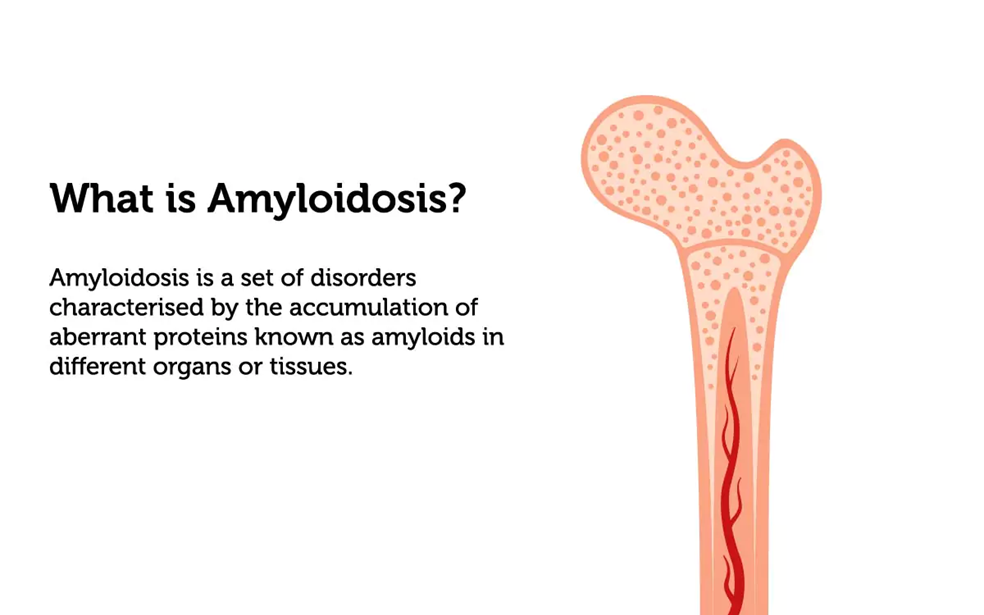Description

Copyright infringement not intended
Picture Courtesy: www.lybrate.com
Context: The research conducted by scientists from the Institute of Advanced Study in Science and Technology (IASST) is focused on using lysozyme molecules as a model to understand and study diseases like Amyloidosis.
About Amyloidosis
- Amyloidosis is a rare disease that occurs when an abnormal protein called amyloid builds up in organs and tissues. This buildup can damage organs and make it difficult for them to function properly.
- Amyloidosis can affect any organ in the body, but it most commonly affects the heart, kidneys, liver, and spleen.
Symptoms
- The symptoms of amyloidosis vary depending on which organs are affected. Some common symptoms include:
- Fatigue
- Weakness
- Weight loss
- Shortness of breath
- Swelling in the legs or ankles
- Numbness or tingling in the hands or feet
- Difficulty urinating
- Diarrhea

Causes
- There are many different causes of amyloidosis. Some of the most common causes include:
- AL amyloidosis: This type of amyloidosis is caused by the abnormal production of a protein called light chain immunoglobulin (ALCI). ALCI is a type of protein that is normally produced by white blood cells. In people with AL amyloidosis, ALCI is produced in excess and forms amyloid deposits.
- Transthyretin (TTR) amyloidosis: This type of amyloidosis is caused by mutations in the gene that produces TTR. TTR is a protein that helps transport thyroid hormone and vitamin A in the blood. In people with TTR amyloidosis, mutated TTR forms amyloid deposits.
- Wild-type amyloidosis: This type of amyloidosis is caused by the buildup of wild-type TTR, which is the normal form of the protein. Wild-type amyloidosis is more common in older adults.
Diagnosis
- Diagnosing amyloidosis can be difficult because the symptoms can be similar to those of other diseases. However, there are a number of tests that can be used to diagnose amyloidosis.
- Blood tests can be used to measure levels of ALCI and TTR.
- A tissue biopsy is a procedure in which a small sample of tissue is removed from the affected organ and tested for amyloid deposits.
- Imaging tests, such as echocardiograms, CT scans, and MRIs, can be used to identify amyloid deposits in organs.

Treatment
- There is no cure for amyloidosis, but there are treatments that can help manage the symptoms and slow the progression of the disease. Treatment options depend on the type of amyloidosis and the organs that are affected.
- Chemotherapy can be used to treat AL amyloidosis by killing the plasma cells that are producing ALCI.
- Liver transplantation can be a cure for TTR amyloidosis.
- Kidney dialysis can be used to treat kidney failure caused by amyloidosis.
|
PRACTICE QUESTION
Q. Which organ is most commonly affected by amyloidosis?
A. Lungs
B. Liver
C. Heart
D. Pancreas
Answer: C
Explanation:
Amyloidosis frequently affects the heart, leading to symptoms such as heart failure and irregular heartbeats.
|
















